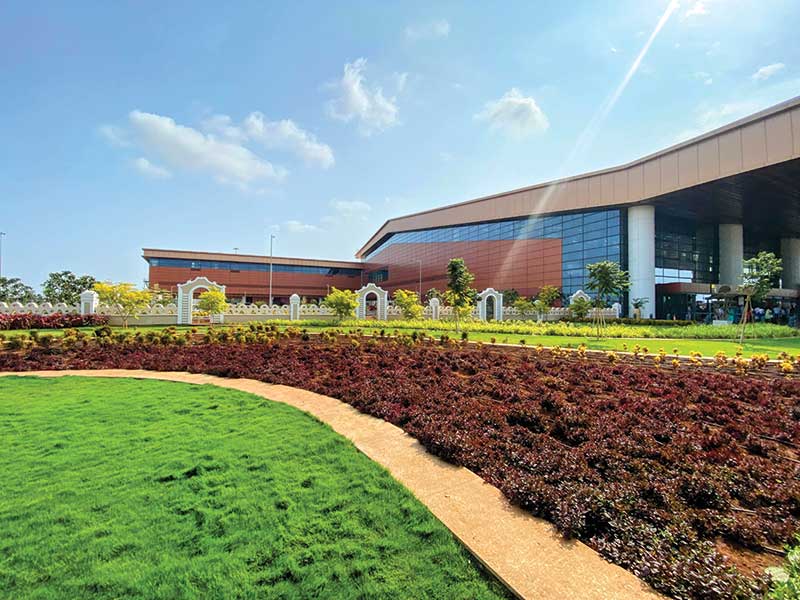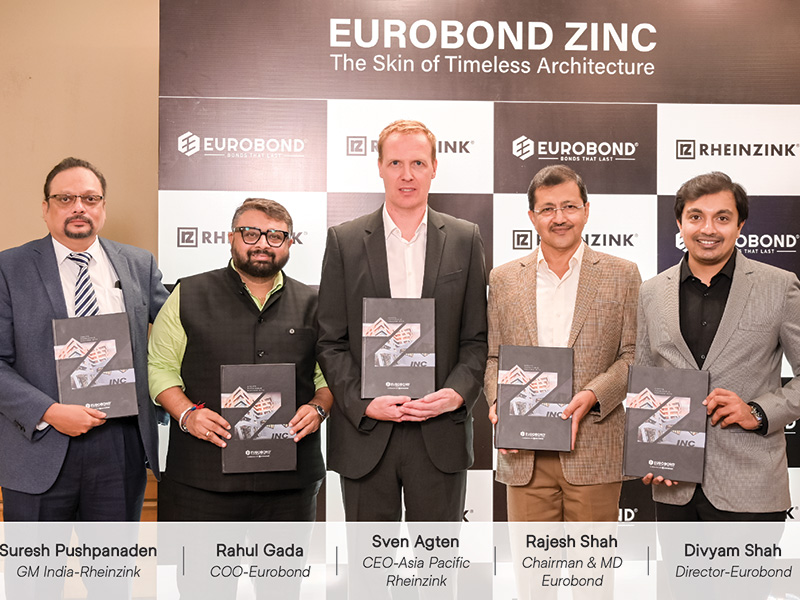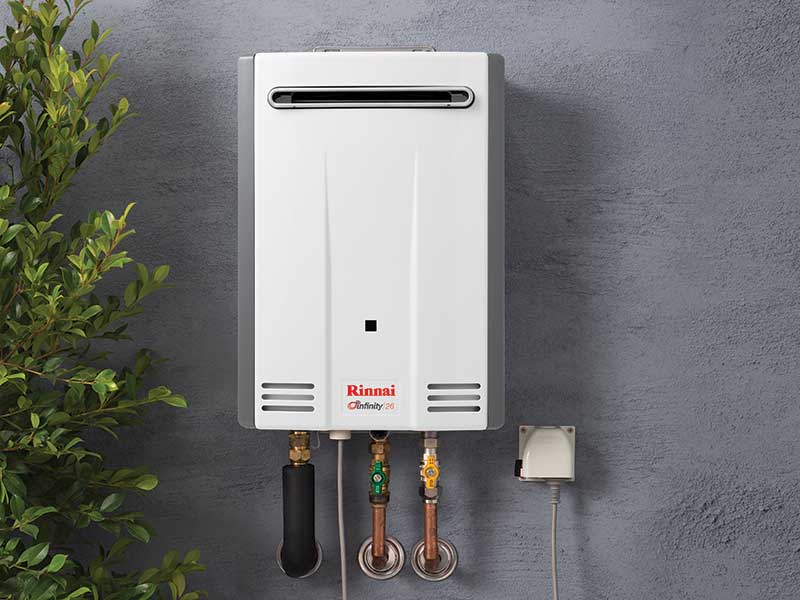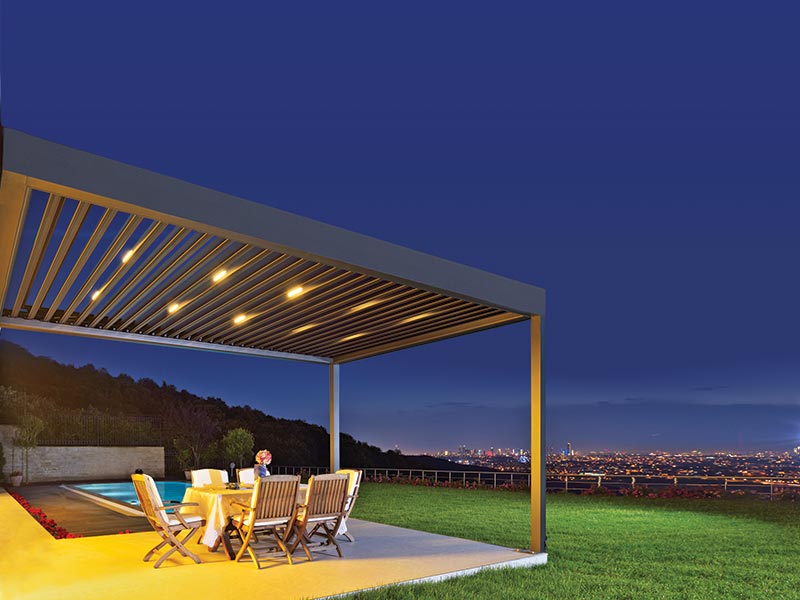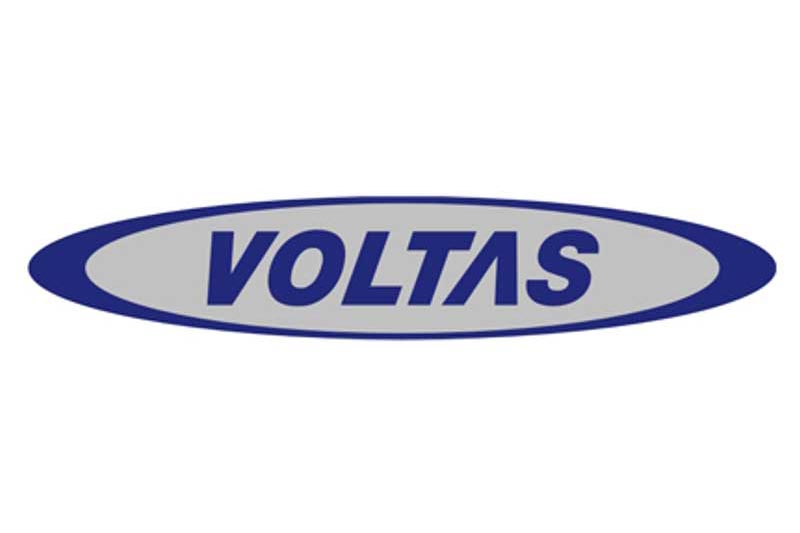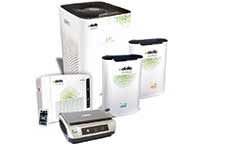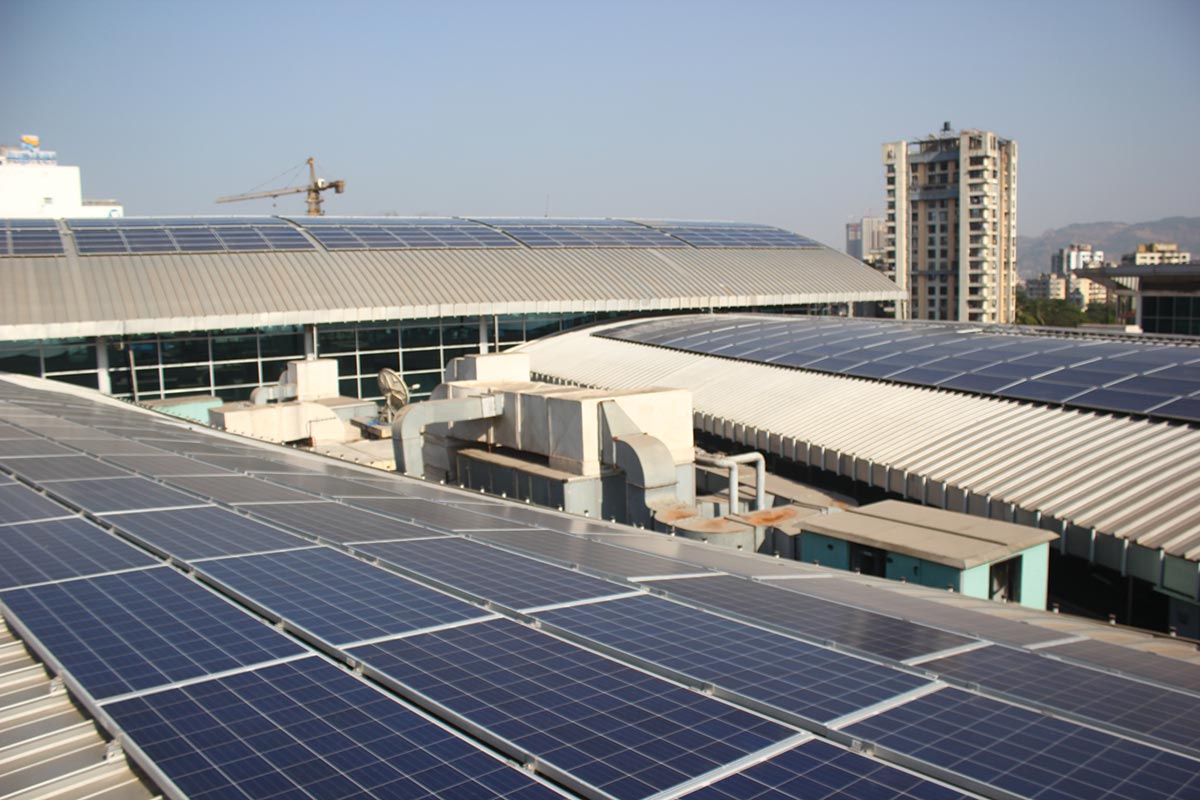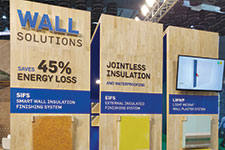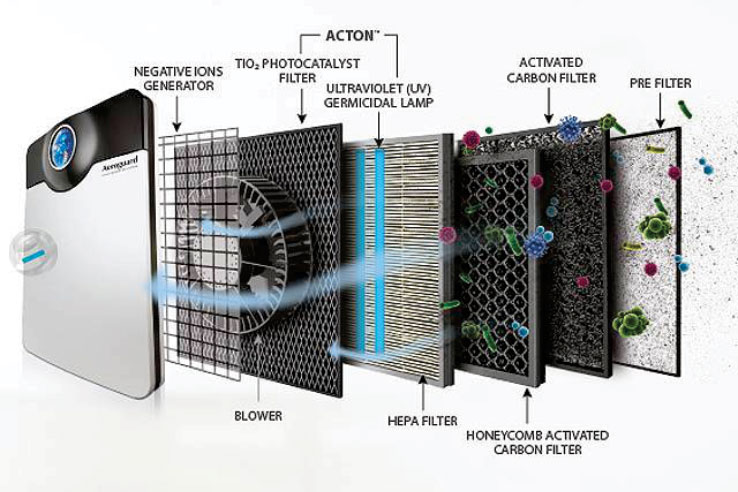
Photo courtesy: Eureka Forbes
With rising demand for indoor air purifying solutions, manufacturers are offering air purifiers with a host of high-tech features, finds Seema Gupta
Air pollution is a modern day malady. Indoor air pollutants come from wall paint, furniture varnish, cooking gas, dust mites, pollen, smoke and other airborne irritants and suspended particles from the outdoor air. Poor indoor air quality can aggravate breathing problems, asthma, cough, and allergic reactions.
Even as environmentalists call for solutions to combat the problem, manufacturers of electronic goods have jumped into the fray to launch a host of high-tech air purifiers, claiming to enhance indoor air quality. Air purifiers clean indoor air by removing impurities, including PM 2.5 particles. Many companies claim that their purifiers also help in reducing allergic reactions and asthma attacks, though the medical fraternity says that there is not enough scientific study to support this.
Much like water purifiers, air purifiers have a series of filters, each finer than the previous one. A fan pulls in the air, pushing it through the filters and then into the room where the filtered (clean) air circulates with the normal (unfiltered) air, thereby decreasing the density of pollutants in the room and clearing the air. Air that passes through the four filters removes finer pollutants of upto 0.02 microns in size. As per the room size and capacity of the air purifier, it takes 10 minutes to one hour to clean the air, though 100% cleaning is not possible, especially in a city as polluted as Delhi.
Raising the bar
Investing in cost effective technology that will make air purifiers more affordable and within reach of more consumers, is a challenge for many manufacturers. Technology will also be the benchmark as it will raise the bar for innovation, set higher performance standards, and increase competition. The filters, for instance, are one of the most important components. HEPA filters currently are considered the best, so much so that HEPA-based air purifiers are in highest demand due to their efficiency and zero by-products emission.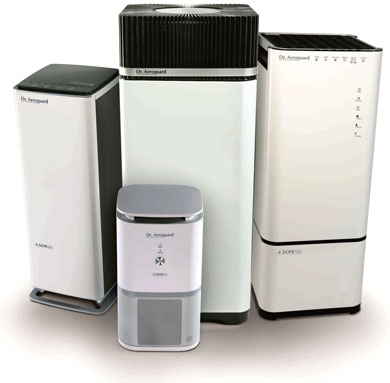
Panasonic air purifiers offer Nano technology which works in sync with the composite filter to reduce 99.94% PM 2.5 particles within 60 minutes. They also have front suction which is a more efficient way of functioning.
Philips, a new entrant into the air purifier space, offers patented Vitashield IPS technology with multi-level filtration that can remove upto 0.02 microns pollutants, thereby keeping the air 99.97% allergen-free.
HSIL's 'moonbow' brand of air purifiers are powered by Puri 5 technology, a five stage filtration process in every model irrespective of the price band. "The importance of 5-stage filtration is the ability to sieve away unsafe levels of airborne particle pollution upto 2.5 micrometer. There are several sources of PM 2.5 size particles; dust, cooking, automobile emissions, forest fires, agricultural burning, etc, which pollute the air we breathe," says Sandip Somany, Joint Managing Director, HSIL Ltd.
Designed for India
Crusaders Technologies India Pvt Ltd, which has been making air purification devices since 2004, launched its air purifier XJ-3100, recently. It can be deployed in large room sizes of upto 425 sq.ft in residences or institutions. Informs Ankur Chawla, the company's Director, Sales & Marketing. "Crusaders Technologies has developed a path breaking air purification technology for XJ-3100, It is based on the principle of PCO (Photo-Catalytic Oxidation) along with high grade HEPA and carbon filter to neutralize dust, pollen, allergen, smoke, odor, bacteria, viruses and other micro-organisms and toxic gases such as formaldehyde at a very high CADR (Clean Air Delivery Rate."Adds Chawla, "The XJ-3100 has been especially developed for the Indian consumer, in fact, we are manufacturing air purifiers in accordance with the Indian environmental conditions. Unlike many recent entrants who import product made for foreign environments where pollution levels are low, we have researched over the years on understanding the pollution we face in our country and subsequently developed an appropriate filtration process to cater to indigenous problems." The company has attained CE, GS, UL, ETL, ROHS certificates for over twelve of its products, including ISO, and a 9001:2000 Quality Assessment Certificate.
Home appliances maker Honeywell offers a range of air purifiers that have found ready acceptance in the market for their sleek design and quality performance. The company's newly launched Air Touch™ air purifiers have been designed for areas measuring 270 sq.ft and provide a peak performance of around 300 m3/h. A safe breathing environment requires PM2.5 to be below 25 micrograms per cubic meter as per WHO standards, and below 60 micrograms per cubic meter per Indian standards. Honeywell Air TouchTM has been designed for fighting indoor air pollution in homes through a 3-way process that involves Honeywell's patented HiSivTM technology filter, HEPA filter, and a pre-filter.
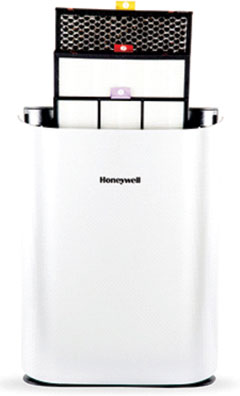
Technology will be the benchmark as it will raise the bar for innovation, set higher performance standards, and increase competition
The most impressive feature is the noiseless functioning that ensures sound sleep. The in-built sleep mode reduces fan speed automatically and cuts down noise and the Indicator lights turn-off simultaneously. Different colours and numbers light up to notify time for a change. Unique drawer type design makes removal and replacement extremely easy. Zero Blind Angle Air Flow Design ensures that no corner remains untouched.
Air Touch™ was awarded the Silver A Design Award for the Meta Strategic and Service Design Category (in 2014). The award winning design features high- accuracy sensing technology broadcasts the air quality information at a single glance, while the smooth touch panel controls are intuitive and child–friendly provide enhanced flexibility in operation.
Intelligent & Interactive
"Honeywell has launched India's first wi-fi enabled air purifier that provides real time air quality metrics, and enables remote operability via a mobile phone app," informs Vinayendra Jain, Director, Marketing, Honeywell Environmental and Energy Solutions.Blueair recently launched an intelligent, fully connected, indoor air monitoring, control and purification system named Sense+ in Mumbai. It comes with wi-fi connectivity and a host of smart, new features packaged sleekly. According to the company, Sense+ has a 30% higher clean air delivery rate of over 130 feet per minute compared to its earlier edition, and an ability to purify a 200 sqft in just 12 minutes.
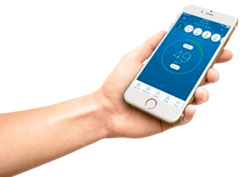
Says Blueair Founder and CEO Bengt Rittri, "Blueair's HEPA enhanced 'Home Air Defence System' is suitable for both homes and offices, and it removes 99.97% of allergens and airborne pollutants. Sense+ uses wireless technology to access information being harvested by the remote Blueair Aware air quality monitor on the Blueair Friend app. The connectivity allows consumers to fully control the air they breathe 24/7."
The wi-fi enabled Blueair Aware air monitor detects airborne polluting particles, temperature, and humidity in indoor air and transmits updates in real time, straight to the user's smartphone, following which, the user can control his/her connected Blueair air purifier manually or via an auto mode feature. The Friend app is available for both Apple IoS and Android smartphones and tablets. It gathers data on an hourly basis from the Aware monitor. "Blueair is making the invisible 'visible' by harnessing IoT technology to empower consumers to better understand their surrounding air quality, detect dangers and immediately remove them to create a safer haven indoors," adds Blueair India head, Vijay Kannan.
Price factor
Air purifiers currently cost Rs.17,000 to Rs.50,000. For small rooms, office cabins and kitchens, manufacturers are offering air purifiers priced an affordable Rs.15,000. For a medium sized room an air purifier would be available for Rs.15,000 or so and go up to Rs.25,000 for a large sized room. Then there are the central air purifiers that function for the whole house and are the most expensive.The air filters have to be replaced every year or so, the cost of which can range between Rs.1,000 to Rs.8,000 depending on the model. The more advanced models come with HEPA filters (HEPA is an international standard for air particle filters) but some companies use HEPA-type filters in order to reduce cost of their product. Some models include a humidifier. The more expensive model comes with a fourth or the multi-care filter, which filters out suspended particulate matter, and a bigger fan that enables it to act faster and cover a wider area.



